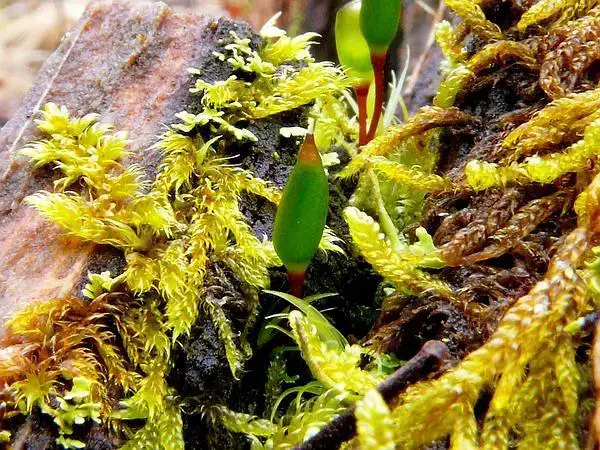
Buxbaumia_viridis_060408a_600.jpg from: https://sagebud.com/buxbaumia-moss-buxbaumia
Discovering the Fascinating World of Buxbaumia javanica Moss
Introduction
Have you ever stopped to marvel at the tiny, intricate world of mosses? One particularly captivating species is Buxbaumia javanica Müll.Hal., a unique moss in the Buxbaumiaceae family. In this blog post, we’ll dive into the fascinating details of this diminutive but mighty plant.
Background on Buxbaumia Mosses
The genus Buxbaumia contains around 12 species of mosses found across the globe. These tiny plants are known for their unusual appearance, often lacking leaves and instead sporting a capsule atop a short stalk.
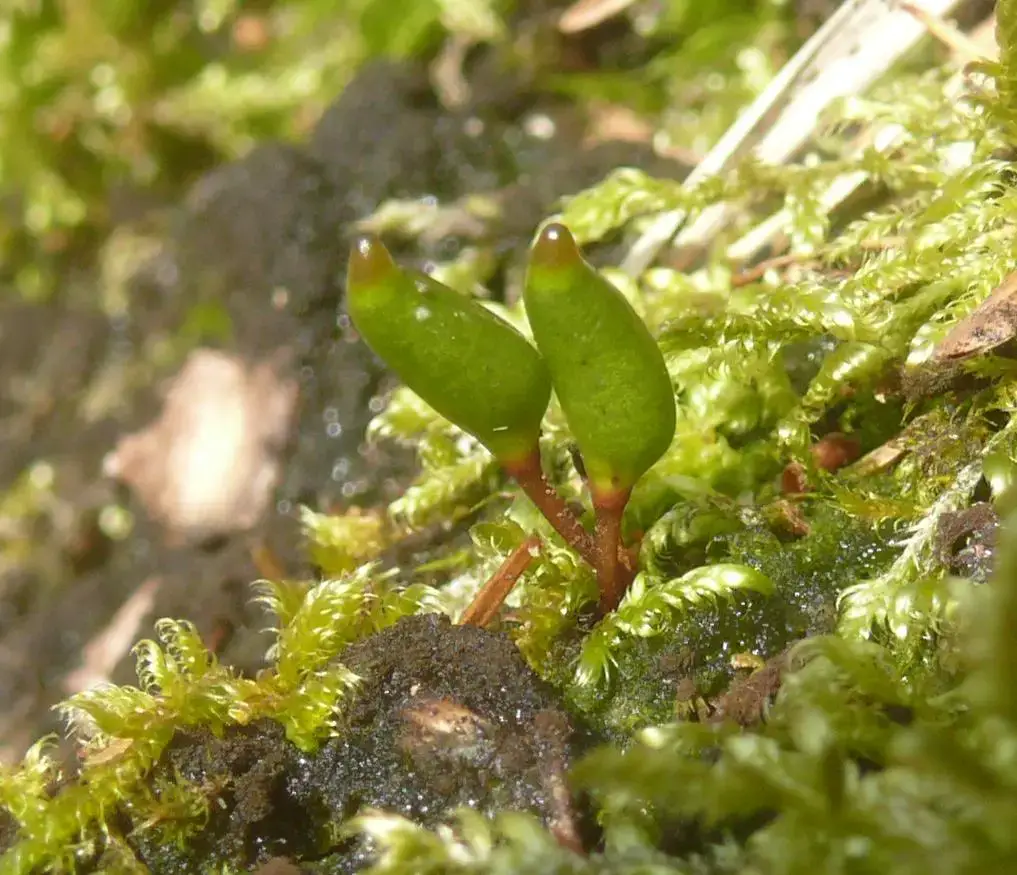
Buxbaumia_viridis_080314.jpg from: https://www.indefenseofplants.com/blog/2019/2/7/the-peculiar-tiny-world-of-buxbaumia-mosses
B. javanica is one species in this intriguing genus.
Morphology and Identification
Buxbaumia javanica is a small moss, typically only a few millimeters tall. Its most distinctive feature is the

Buxbaumia-piperi-and-moss.jpg from: https://ecoreserves.bc.ca/2003/04/06/saturna-island-fungi-gallery-of-pam-janszen/buxbaumia-piperi-and-moss-2/
egg-shaped capsule that develops atop a short seta (stalk). The capsule is reddish-brown in color and has a peristome, a ring of tooth-like structures around the mouth.
Interestingly, B. javanica lacks leaves for most of its life cycle. Instead, the plant consists primarily of rhizoids (root-like filaments) and the sporophyte (capsule and seta). The lack of leaves is an adaptation that reduces water loss.
Global Distribution and Habitat
B. javanica is found in many parts of the world, including Asia, Africa, Australia, and the Pacific Islands. It typically grows on soil, rocks, or rotting wood in forests and other humid habitats.
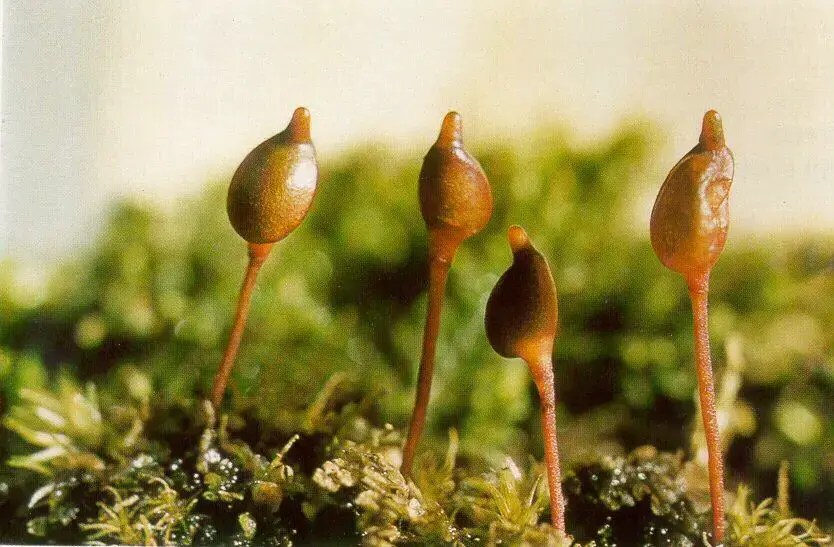
5b79d662d8b44d1f66b7f8800bb6fbb3.jpg from: https://www.pinterest.ca/pin/sporophytes-of-buxbaumia-aphylla-growing-among-other-mosses-none-of-the-visible-leaves-belong-to-buxbaumia-which-is-a-stemless-and-nearly-l–67554063144395221/
This moss is able to colonize disturbed areas and is often one of the first species to appear after events like

green-shield-moss-buxbaumia-viridis-B0E5X5.jpg from: https://www.alamy.com/stock-photo-green-shield-moss-buxbaumia-viridis-17522349.html
landslides or fires. Its ability to grow on bare soil and tolerate harsh conditions makes it an important pioneer species.
Ecological Roles and Adaptations
Like other mosses, B. javanica plays several key roles in its ecosystem:
- Erosion control: The dense mats formed by moss rhizoids help bind soil and prevent erosion.
- Water retention: Mosses act like sponges, absorbing and slowly releasing water. This helps regulate moisture in the environment.
- Habitat for micro-organisms: The nooks and crannies among moss plants provide homes for tiny invertebrates, fungi, and more.
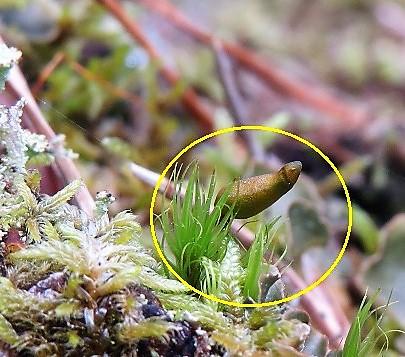
buxbaumia-virtidis-blog-picture.jpg from: https://www.caledonianconservation.co.uk/blog/2017-06-23-return-to-the-black-wood-deadwood-and-green-shield-moss-buxbaumia-viridis
B. javanica

f00fe729a08198b5d75c73d415cd1656.jpg from: https://www.pinterest.com/pin/buxbaumia-piperi-bug-on-a-stick-moss–550987335673132258/
has several adaptations that allow it to thrive:
- Drought tolerance
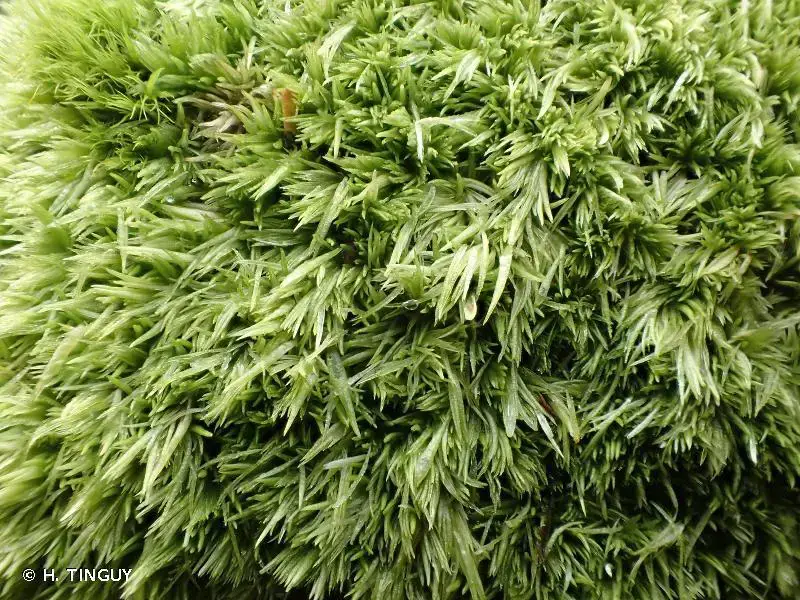
247807.jpg from: https://inpn.mnhn.fr/espece/cd_nom/4771/tab/taxo
: The lack of leaves helps reduce water loss during dry periods. The rhizoids also efficiently absorb water when it’s available.
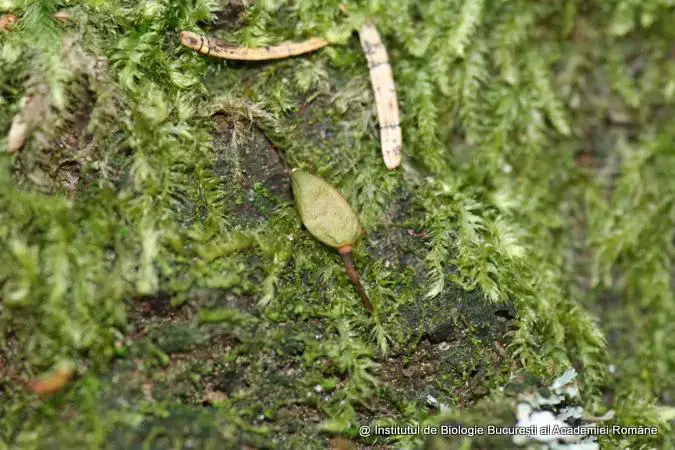
Bux_0698.JPG from: https://www.ibiol.ro/posmediu/plante/foto/Buxbaumia.htm
- Spore dispersal: The elevated capsule allows spores to be dispersed by wind, aiding in the spread of the species.
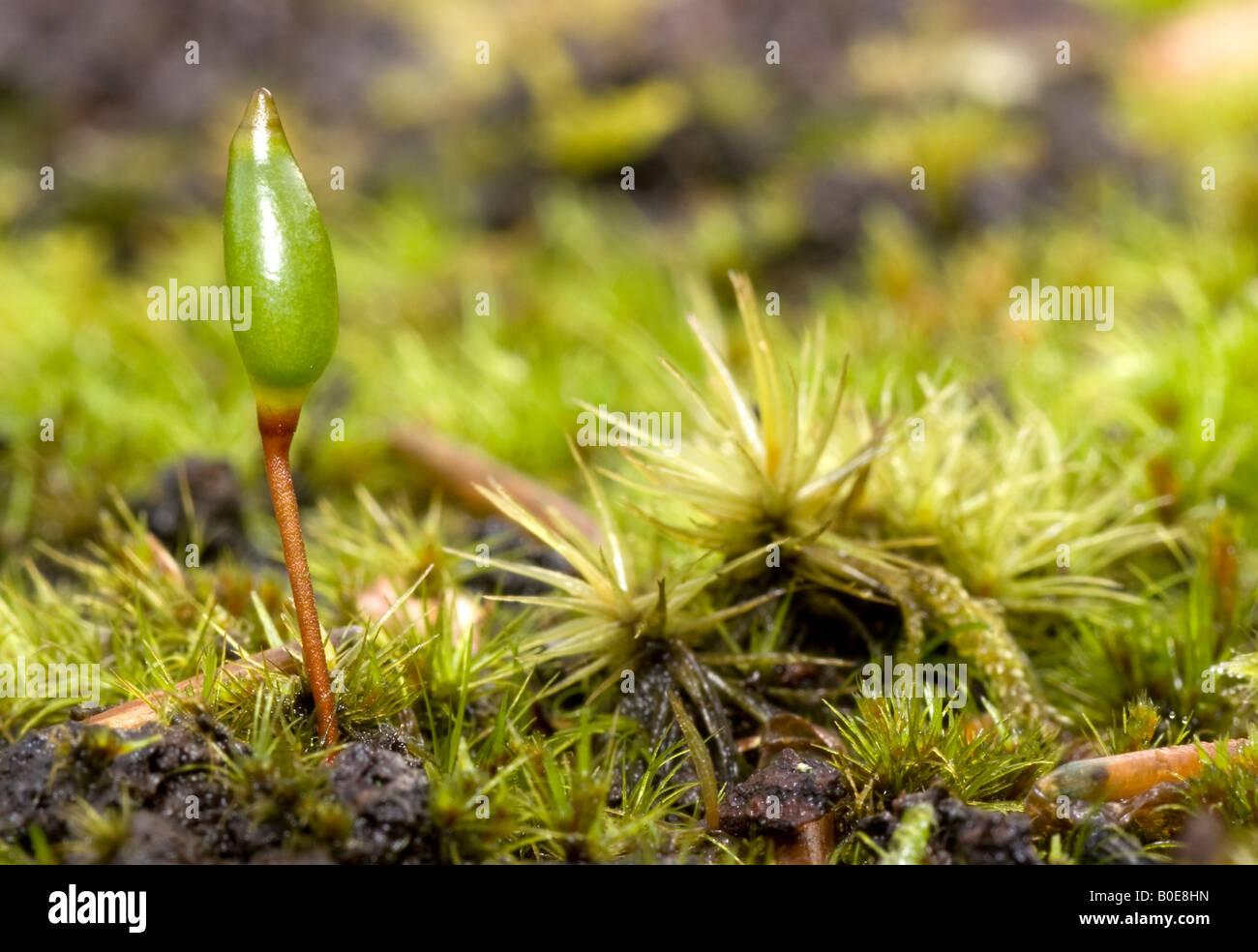
green-shield-moss-buxbaumia-viridis-B0E8HN.jpg from: https://www.alamy.com/stock-photo-green-shield-moss-buxbaumia-viridis-17524465.html
Conclusion
Buxbaumia javanica may be small, but it is a fascinating and important part of many ecosystems around the world. From its unusual morphology to its ecological roles, this mighty moss reminds us to appreciate the wonders of nature at every scale. The next time you’re out in nature, take a moment to look for the miniature world of mosses at your feet – you never know what marvels you might discover!